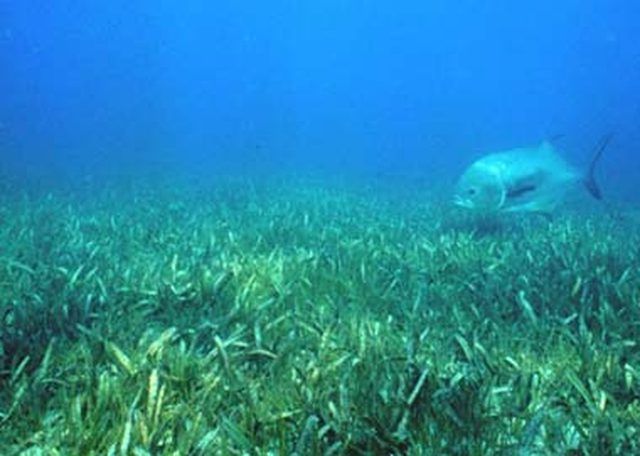Bulbs
Flower Basics
Flower Beds & Specialty Gardens
Flower Garden
Garden Furniture
Garden Gnomes
Garden Seeds
Garden Sheds
Garden Statues
Garden Tools & Supplies
Gardening Basics
Green & Organic
Groundcovers & Vines
Growing Annuals
Growing Basil
Growing Beans
Growing Berries
Growing Blueberries
Growing Cactus
Growing Corn
Growing Cotton
Growing Edibles
Growing Flowers
Growing Garlic
Growing Grapes
Growing Grass
Growing Herbs
Growing Jasmine
Growing Mint
Growing Mushrooms
Orchids
Growing Peanuts
Growing Perennials
Growing Plants
Growing Rosemary
Growing Roses
Growing Strawberries
Growing Sunflowers
Growing Thyme
Growing Tomatoes
Growing Tulips
Growing Vegetables
Herb Basics
Herb Garden
Indoor Growing
Landscaping Basics
Landscaping Patios
Landscaping Plants
Landscaping Shrubs
Landscaping Trees
Landscaping Walks & Pathways
Lawn Basics
Lawn Maintenance
Lawn Mowers
Lawn Ornaments
Lawn Planting
Lawn Tools
Outdoor Growing
Overall Landscape Planning
Pests, Weeds & Problems
Plant Basics
Rock Garden
Rose Garden
Shrubs
Soil
Specialty Gardens
Trees
Vegetable Garden
Yard Maintenance
Types of Seagrass
Types of Seagrass. Seagrass is a vital part of the ecosystem. It provides homes and food for many marine animals and waterfowl. Seagrass rhizomes---which resemble bulbs and from which the plants and roots grow---and roots bind sediments on the ocean floor. The leaves slow down the water flow, which in turn increases the amount of light reaching...

Seagrass is a vital part of the ecosystem. It provides homes and food for many marine animals and waterfowl. Seagrass rhizomes---which resemble bulbs and from which the plants and roots grow---and roots bind sediments on the ocean floor. The leaves slow down the water flow, which in turn increases the amount of light reaching the seagrass bed, making a better environment for the inhabitants.
Eelgrass
Eelgrass can grow as tall as 4 feet and can be found from Greenland to North Carolina, as well as on the Pacific Coast of the United States. Eelgrass grows in shallow bays and coves, in tidal creeks and estuaries and is home to crabs, scallops and other sea life. Eelgrass has a rhizome that can measure from 1/16 to 1/8 inch long and alternate, ribbon-like leaves. Eelgrass dies back in the summer and grows the best in spring and fall. Eelgrass is a food source for several migratory birds, such as brant geese, Canada geese, widgeon, redhead and black ducks. It is also food for green sea turtles.
Turtle Grass
Turtle grass is common in the waters around Florida and in the Caribbean and as far south as Venezuela. The blades are flat and resemble ribbons, and can grow as long as 14 inches long and 1/2 inch wide. Turtle grass can grow at the low tide level up to water as deep as 30 feet. It is named after the green sea turtles that use it as a main source of food.
Widgeon Grass
Widgeon grass can have either single or branched stems that can grow as long as 3 feet. The leaves look more like a fine thread than a leaf. The leaves are less that 1/32 inch wide and up to 4 inches long. Widgeon grass produces small fruits and flowers at the end of each stalk and it can be found in both fresh and brackish water. The underwater parts of the plant are home to micro and macro invertebrates, which are a main food source for fish, amphibians, reptiles, ducks and other animals. Ducks also eat the above-water stems and leaves.
Shoal Grass
Shoal grass is a type of seagrass that strongly resembles land grasses. The blades are stiff and flat, measuring from 1 1/2 to 13 inches long and about 1/10 inch wide. Shoal grass can grow in the sand of the intertidal and subtidal zones and in mud in water up to a depth of about 40 feet. Shoal grass ranges from as far north as North Carolina all the way down the coast of South America. It has also been found in West Africa, the Indian Ocean and Pacific Mexico.
Manatee Grass
Manatee grass has thin, cylindrical blades that grow from 4 to 12 inches long and 1/10 inch wide. It produces small, insignificant flowers. Manatee grass does best in shallow, subtidal areas with water from 2 to 3 feet deep, but can also grow in water as deep as 60 feet. Manatee grass grows from eastern Florida through the Gulf of Mexico, Caribbean, Bermuda and the Bahamas.